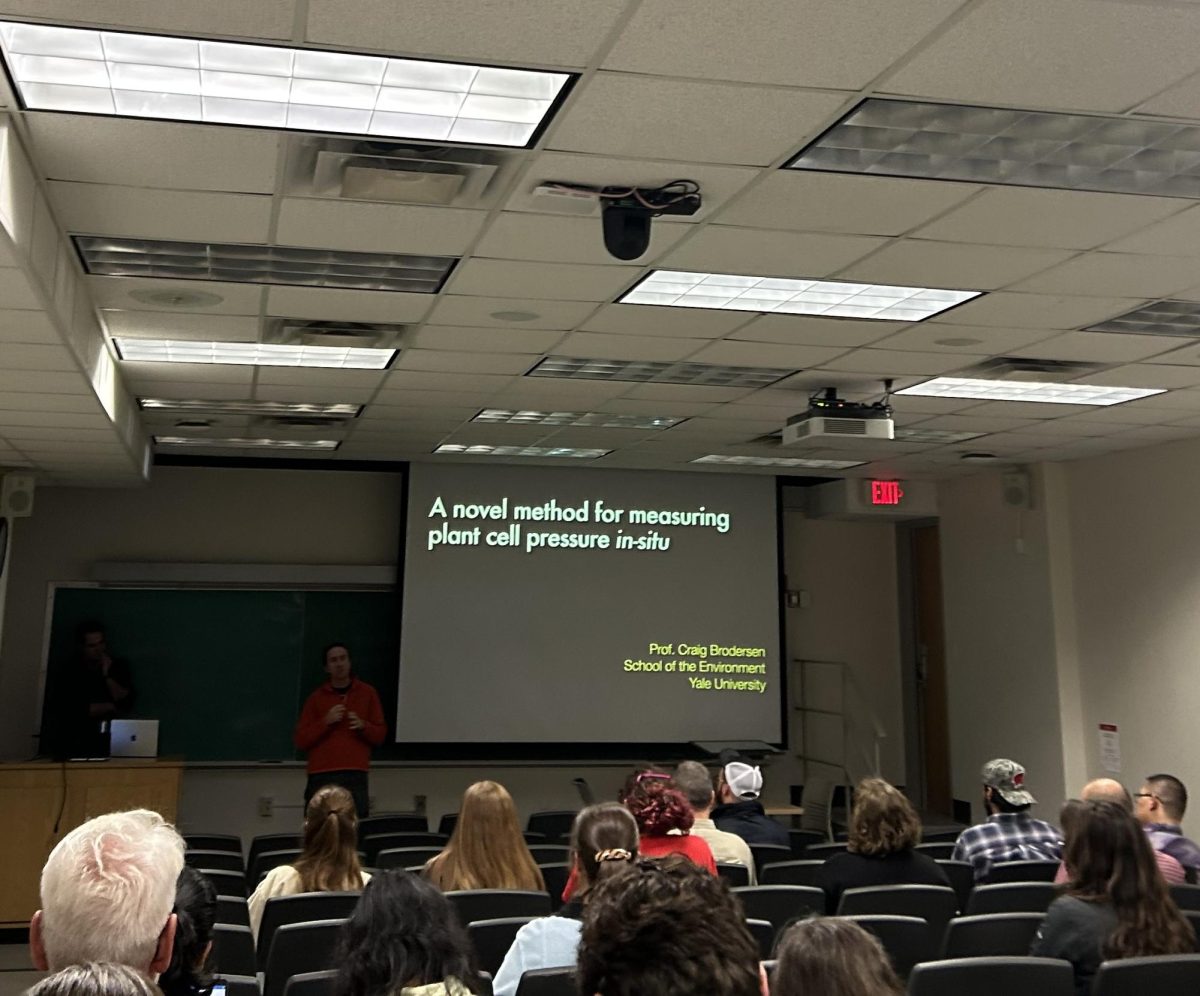Unidad a través de la comunidad — unity through the community.
In an effort to reduce the socioeconomic disparities in Dane County’s Latino community, the Latino Consortium for Action issued a “call to action” to address the problems and inequities found in the Cuéntame Más report, released Sept. 15.
Ten years have passed since the Latino Advisory Delegation issued the initial report, Cuéntame, or “tell me” in Spanish. The current report, which means “tell me more,” discusses the current challenges and barriers the Latino community faces. But it also reflects on the improvements they have made in the last decade.
From 2009-14, the unemployment rate for the Latino community rose from 3.7 percent to 6.9 percent. In addition to the rising unemployment rate, the poverty rate increased from 17.6 percent to just under 28 percent in that same time period.
At the moment, Latinos comprise 6.1 percent of Dane County’s population. As the largest non-white racial or ethnic group in Dane County, the report indicates they have grown “dramatically” over the last decade, and will continue doing so in the future.
[Updated]: Thousands gather at Capitol for ‘Day Without Latinos’ protest
The large influx of Latinos in both the state and country is a growing trend that can be attributed to political and economic factors elsewhere, Alberto Vargas, associate director of the University of Wisconsin Latin American, Caribbean and Iberian Studies Program, said.
What has largely prompted the influx is the violence in countries that immigrants come from and the lack of opportunities, Vargas said. The large demand for labor in the United States is a factor as well.
Many newly arrived immigrants have an undefined immigration status, which Vargas said leads to their exploitation in the workforce, causing problems with poverty, healthcare and housing.
“With these [undefined] situations, immigrants could be easily exploited in the workplace, and that’s how you have these problems with poverty, healthcare and housing,” Vargas said.
For those who are undocumented, they are presented with more challenges and less access to certain services such as basic healthcare.
Madison immigration program helps green card holders become citizens
Plus, immigrants also have a challenging time understanding and navigating complex health care systems due to the language barrier, Ald. Shiva Bidar-Sielaff, District 5, said in an email to The Badger Herald.
“Undocumented immigrants do not qualify for Medicaid, Medicare or marketplace insurance,” Bidar-Sielaff said. “Thus, they have less access to care.”
In addition to these concerns, Bidar-Sielaff said there is a need for more culturally competent providers and systems.
New Latino Chamber of Commerce executive director wants to revitalize Madison’s abandoned buildings
This need comes at a time when the rate of obesity and mental health stress are both rising for members of the Latino community. According to the most recent report, the obesity rate among Latinos is 33.9 percent — higher than the overall average for the state, which is 30.7 percent.
For mental health, the report found Latina teens have the highest rate of suicide attempts of any other ethnic and gender group in their age category. Twenty percent of Latinas report suicidal thoughts during high school compared with 16.1 percent of white females. Latinas were also 13.5 percent more likely to attempt suicide than their white counterparts, who exhibited a 7.9 percent rate.
As pointed out in the report, Bidar-Sielaff said mental health and obesity are the top two concerns with regard to healthcare. Serving as the co-chair to the Latino Health Council for the last 13 years, Bidar-Sielaff said the council plans to continue their work and programming around health education in the Latino community to implement the recommendations of the report.
The recommendations are as follows:
- Improve access to culturally and linguistically appropriate primary and behavioral health services
- Hire and retain culturally and linguistically competent healthcare providers
- Increase capacity for health education programming
While community leaders like Bidar-Sielaff work to improve the disparities Latinos face in the healthcare sector, improvements still must be made in other sectors, such as education. With a growing population comes a growing pressure that school districts must face to accommodate students who have limited knowledge of English and come from different cultural settings, Vargas said.
New initiative showcases diversity, richness of Latino culture
According to the report, one in five Madison Metropolitan School District students is Latino. But of that demographic, less than 70 percent end up graduating from high school.
To combat the gap in graduation rates, the report suggested expanding multigenerational access to educational opportunities, increasing second-language learner programs and promoting career and college preparatory programs.
Education, Vargas said, is one of the most important areas the report needs to focus on because it is the best way to get children engaged and prepared to be in a better position.
“Parents have high expectations for their children and what they want is to improve and increase their possibilities of integrating into the mainstream of the U.S. so they can be successful,” Vargas said.
Cuéntame Más was prepared by Revel Sims for Centro Hispano and sponsored by United Way of Dane County. Community leaders plan on working together to address the findings in the report.













